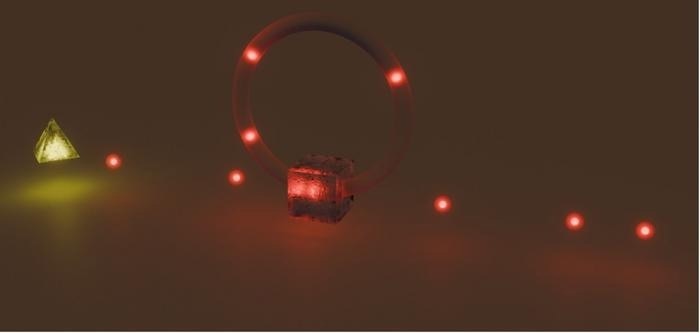An international group of researchers, led by Philip Walther of the University of Vienna, has made a significant advance in quantum technology by successfully demonstrating quantum interference among multiple single photons utilizing a unique resource-efficient platform. The discovery, recently published in the journal Science Advances, marks a significant leap in optical quantum computing, paving the path for more scalable quantum technology.

Resource-efficient multi-photon processor based on an optical fiber loop. Image Credit: Marco Di Vita
A crucial aspect of optical quantum computing is photon interference, a phenomenon that is central to quantum optics. Quantum information can be encoded and processed by utilizing the characteristics of light, such as its wave-particle duality, to create interference patterns.
Spatial encoding, where photons are manipulated along distinct spatial paths to create interference, is a commonly used method in traditional multi-photon experiments. However, these experiments are resource-intensive and challenging to scale up due to their complex setups that require numerous components.
On the other hand, the multinational team, including researchers from Université libre de Bruxelles, Politecnico di Milano, and the University of Vienna, opted for a method based on temporal encoding. This approach manipulates photons in the time domain rather than their spatial characteristics.
To this end, the team developed a unique architecture at the University of Vienna’s Christian Doppler Laboratory that incorporates an optical fiber loop. This design enables the reuse of the same optical components, facilitating efficient multi-photon interference while minimizing the need for physical resources.
In our experiment, we observed quantum interference among up to eight photons, surpassing the scale of most of existing experiments. Thanks to the versatility of our approach, the interference pattern can be reconfigured and the size of the experiment can be scaled, without changing the optical setup.
Lorenzo Carosini, Study First Author and PhD Student, University of Vienna
The results show that the implemented architecture has significantly higher resource efficiency than previous spatial-encoding techniques, opening the path for more accessible and scalable quantum technology.
Journal Reference:
Carosini, L., et. al. (2024) Programmable multiphoton quantum interference in a single spatial mode. Science Advances. doi:10.1126/sciadv.adj0993